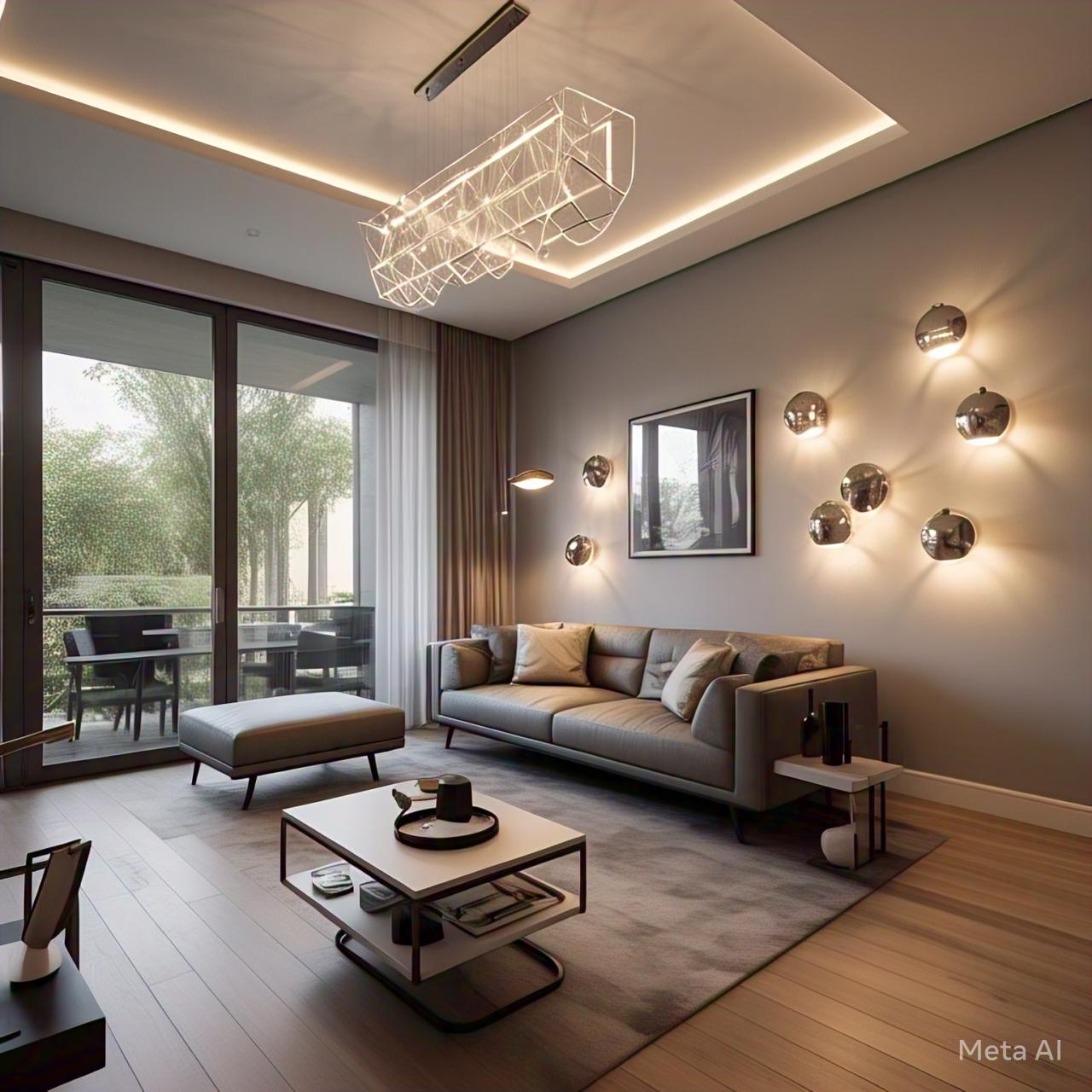Notifications
4 minutes, 53 seconds
-53 Views 0 Comments 0 Likes 0 Reviews

Smart Lighting Market Trends & Summary
Market Overview
The smart lighting market has witnessed significant growth in recent years. The market size was recorded at USD 20 billion in 2024 and is projected to reach USD 104.37 billion by the end of 2033, growing at a CAGR of 20.15% from 2025 to 2033. The increasing adoption of energy-efficient solutions, growing trends in smart homes, and advancements in lighting technologies are expected to drive market expansion.
Free Download Sample Report: https://www.renub.com/request-sample-page.php?gturl=smart-lighting-market-p.php
Key Market Insights
Global Smart Lighting Industry Outlook
Smart lighting systems incorporate advanced technology for enhanced efficiency, convenience, and automation. These lighting solutions are integrated with smart home devices such as voice assistants (Alexa, Google Assistant) and smartphone apps, offering features like dimming, color-changing capabilities, and motion sensing. The rising demand for connected and automated lighting solutions is fueling market growth.
Driving Factors
Increasing Demand for Energy-Efficient Solutions
Consumers and businesses are increasingly investing in smart lighting due to its ability to conserve energy and reduce costs. Features such as automatic dimming and motion sensors contribute to energy savings. Companies like Philips have launched smart LED lighting with advanced energy-saving features, further driving adoption.
Smart Homes and IoT Adoption
The rise of smart home technology and IoT integration has boosted the adoption of smart lighting. Consumers now prefer lighting systems that can be controlled remotely through apps or voice assistants. Deako™ introduced the first modular smart lighting system compatible with Home Assistant, enhancing smart home connectivity.
Technological Advancements
Innovations such as app-controlled lighting, wireless connectivity (Zigbee, Bluetooth), and color-changing LEDs are improving user experience and functionality. Companies like Halonix Technologies have launched innovative LED bulbs that allow users to create customized lighting effects.
Challenges in the Smart Lighting Market
High Initial Installation Costs
Despite long-term savings, the high upfront costs of smart lighting products, including bulbs, hubs, and controllers, pose a challenge to market growth.
Compatibility Issues
Lack of standardization and compatibility among different smart lighting brands and systems can lead to consumer hesitation in adopting smart lighting solutions.
Smart Lighting Market Segments
Component Segmentation
Communication Technology
Light Source
Application
Regional Market Analysis
United States Smart Lighting Market
The U.S. is experiencing significant growth in smart lighting adoption due to rising smart home trends and government initiatives for energy conservation. Companies like URC have launched smart lighting solutions that integrate seamlessly with home automation systems.
United Kingdom Smart Lighting Market
The UK market is expanding due to increased awareness of energy-efficient lighting solutions. Companies like Signify have launched new smart lighting products to enhance consumer convenience.
India Smart Lighting Market
India’s market is growing rapidly, driven by urbanization and government initiatives like the Smart Cities Mission. The opening of the Philips Smart Light Hub in Lucknow reflects increasing demand for smart lighting solutions.
Saudi Arabia Smart Lighting Market
With the Vision 2030 initiative, Saudi Arabia is focusing on sustainable and smart city developments, driving the adoption of smart lighting in residential and commercial spaces.
Key Market Players
These companies are actively innovating and expanding their product offerings to capture a larger share of the growing smart lighting market.

